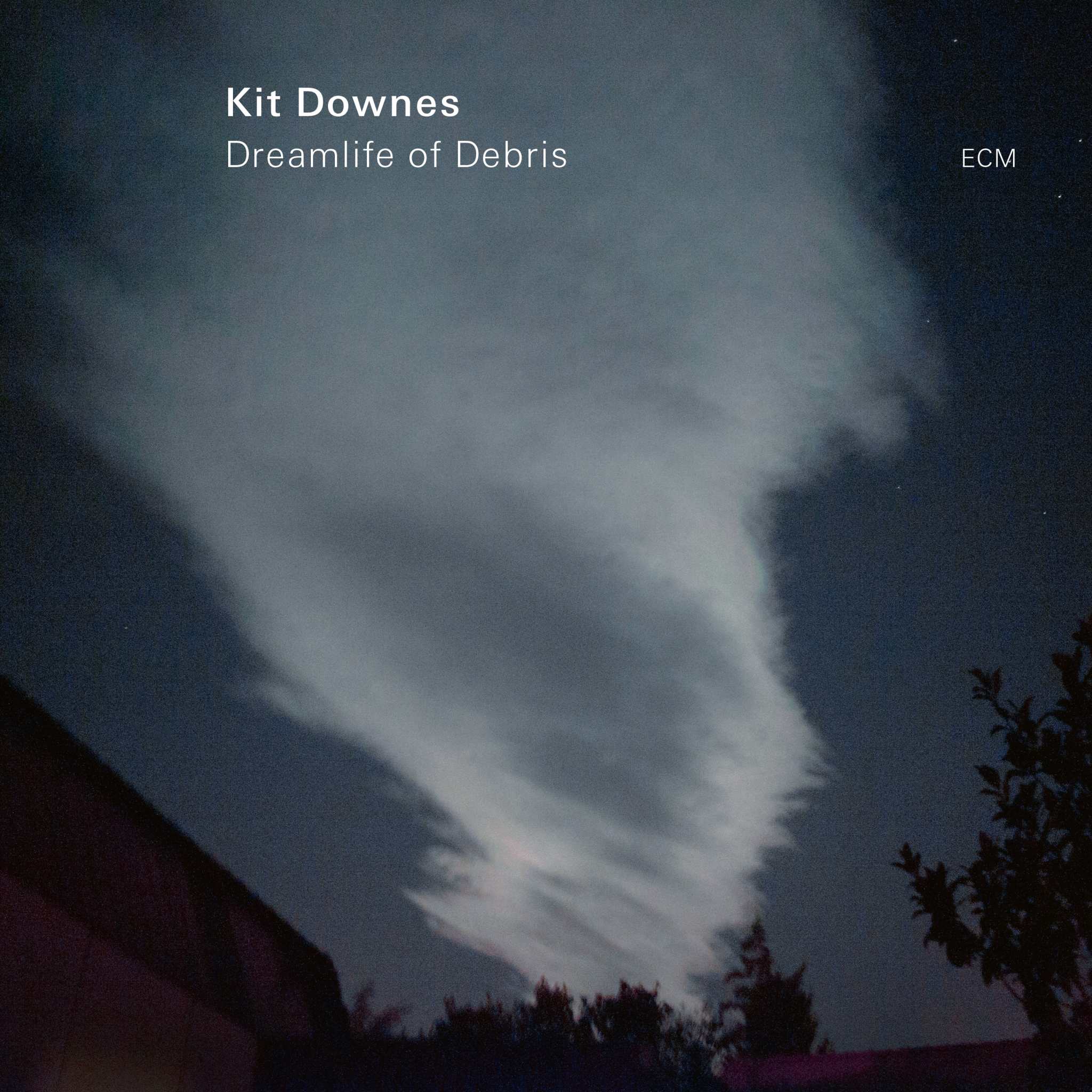Album insights
Schumann's deep affection for the cello was evident from his youth, where he played the instrument. Due to a hand injury at the age of 22, he had to give up his dream of becoming a concert pianist. He considered revisiting the cello, noting its utility for symphony composition. Although the cello's sound without the right hand seemed minimalistic, Schumann's love for the instrument shone through in his compositions. Notably, the renowned music scholar Donald Francis Tovey likened the qualities of the cello to the beloved dreamer known as Schumann.
It's unfortunate that Schumann's original solo cello works are limited, such as the 1850 Concerto and the Five Romances from 1853 (nearly destroyed by Clara, his widow, about forty years later). The program includes pieces like the Volkston works as well. Fortunately, Schumann sympathized with cellists, allowing them to perform his op. 73 Fantasiestücke for clarinet and the op. 70 Adagio and Allegro originally for horn. It's likely he would have approved of playing the Romances for oboe an octave lower.
The pieces showcased on this program mostly hail from 1849, composed in a whirlwind of inspired haste by Schumann amid political turmoil in Germany. The Schumanns, residing in Dresden, faced danger during the revolution against monarchies, leading to a dramatic escape. Robert sought refuge, while Clara, heavily pregnant, orchestrated a daring flight with their children. Amidst external storms, Schumann found solace by turning inward, reflecting on the forces that drove people internally. This inward refuge was a characteristic escape for Schumann, who often found the external world threatening, preferring to dwell in his dreams.
Source: Adapted from Steven Isserlis © 2009


